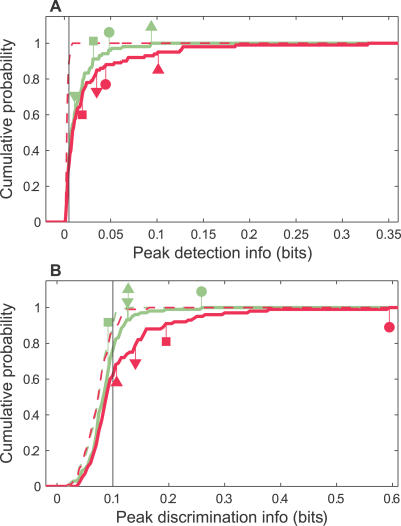Figure 8. Cumulative Probability Distributions for Peak Information Values across the MU Population.
(A) The lines plot the cumulative probability that a site had a peak detection information value equal to or less than the abscissa.
(B) The lines plot the cumulative probability that a site had a peak discrimination information value equal to or less than the abscissa.
The peak (detection or discrimination) information was determined for each MU site as the maximum information within either 5–70 ms after the onset of the calls (solid lines), or within 365–430 ms after the onset (dashed lines). The former represents the peak information during the response to the calls. The latter provides an estimate of the noise in our information calculations since little information was expected during this late period, when the activity had essentially returned to the spontaneous level. The symbols identify the peak information values in response to calls of corresponding sites in Figure 4.
During the interval in response to calls, the distribution of peak information values in mothers clearly differed from naïve females, unlike the case for the late period. This difference appeared at higher peak information values, rather than across all information values. One reason the cumulative distributions coincided at lower information values may be due to noise or bias in our estimation procedure. This would have been more likely for the discrimination case (B), where the cumulative distribution for the late period estimate tracked that of the call period up to ~0.1 bits. This value corresponds to the naively expected bias for 18 stimulus possibilities and four response possibilities [31]. However, realistic simulations (see Materials and Methods) indicate that our estimation procedure is accurate when the true information is higher than ~0.1 bit. Indeed, if our estimation procedure were dominated by a systematic bias, the distribution of information values for the two animal groups would be quite similar across the whole range of values, as was the case for the late period estimate (dashed lines). An alternative explanation for the coincidence of the cumulative distributions at lower values might be that the information improvement between naïve females and mothers only involves sites that already convey some minimum amount of information about the calls. This seems plausible for detection since its systematic bias was negligible.
Nevertheless, to avoid possibly contaminating our comparisons between the two animal groups, we set a significance threshold (thin vertical black lines in each panel) for peak information values of 0.005 bits (detection) and 0.1 bits (discrimination). Sites with peak information estimates above these were considered valid. These thresholds corresponded to 90% of the largest peak detection and discrimination information values measured during the late period.

